Elm Zigzag Sawfly
Aproceros leucopoda
Aproceros leucopoda
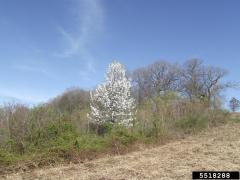
Invasive Callery pear (Pyrus calleryana and all its cultivated varieties) has been in the news this year; states across the region have been listing this species as a noxious weed – a distinction that carries with it limitations and regulations on the sale and movement of these plants.
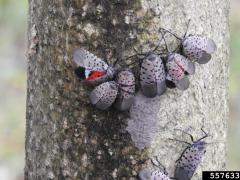
The Vermont Agency of Agriculture, Food and Markets is asking the public to keep an eye out for the invasive pest known as spotted lanternfly (Lycorma delicatula) during the spring landscaping season.
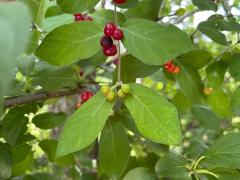
We all can help! On July 7, at 9 am join us for a honeysuckle cutting party at Dead Creek Wildlife Management Area in Addison.
Bipalium adventitium
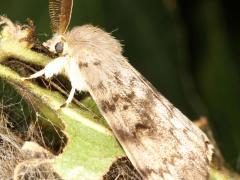
"Spongy moth" has been formally adopted as the new common name for the moth species Lymantria dispar by the Entomological Society of America.
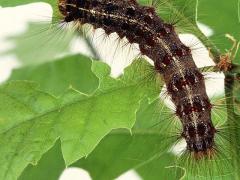
Many Vermonters around the state are encountering spongy moth (Lymantria dispar dispar or LDD) caterpillars causing defoliation of their trees. This invasive insect arrived in the United States over 100 years ago and has been expanding its range ever since. Spongy moth can be a significant defoliator (leaf eater) of trees and shrubs, and although they prefer oak trees, high populations will cause them to eat many types of leaves, including maple and pine. Spongy moth caterpillars can create a nuisance for homeowners, from the sights of caterpillars climbing the sides of residences and falling frass to the sounds of chewing on leaves.
Several new detections of EAB in Vermont have expanded existing Infested Areas, including into two new counties. The new detections were found in the towns of Hartford (White River Junction), Brookfield, and Belvidere.